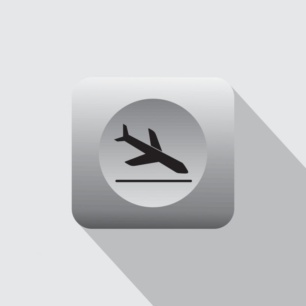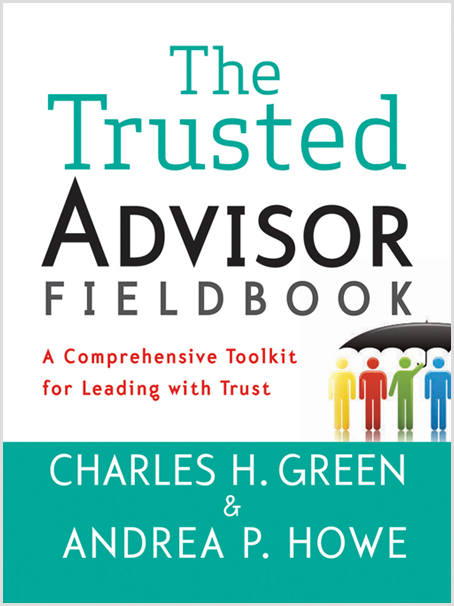This post is part of our Weekly Tips series.

This is a story about a time I called an airline’s customer service desk because our car broke down on the way to the airport, making it clear that hubby and I weren’t going to be getting my very homesick stepdaughter back to her mom 1,000 miles away—at least not that day.
I called the airline twice. On call #1, here’s what I said (slightly desperate):
“Our car has broken down and we’re waiting for a tow truck, which means my step-daughter won’t be able to make the flight that’s taking off in about 45 minutes. I’m hoping you can help me figure out next steps and options.”
(Probably too much “back story,” as my husband calls it. Anyway … ) Here’s how the customer service rep replied:
“Confirmation number?”
On call #2, here’s what I said (defeated):
“Our car broke down and we had to get towed home, which means my step-daughter missed her flight home. I’m calling to re-book her flight.”
(Less back story—I do improve with time.) The (new) customer service rep’s immediate reply:
“Confirmation number?”
Really? That’s the best you can do? You who profess to be all about “luv”?
I’ve written before about the importance of empathy, and the specific impact it has on our business relationships (there’s a direct tie to influence, among other things). I think this story is an important one to tell because we’ve all been that call center rep. The great empathy famine isn’t limited to people who are trained to work from scripts. Case in point: I see robotic responses every time we drill listening skills in our workshops (remember that one?)
The intentions might be good: “Give me information so I can help you as quickly as possible.” The subtext is not good: “You’re a confirmation number, not a human being.”
[Tweet “Don’t be helpful—at least not in this way: https://thegetrealproject.com/?p=4610 #getreal #empathy”]
Fixing it wouldn’t have taken a lot of time. A simple, “Oh no!” to start would have been enough. That might be enough for your customers, too.
What that means, though, is you have to first see the opportunity to create connection, then seize it.
Make It Real
This week, catch others in the act of doing empathy right and wrong. (Awareness is Step #1, and sometimes it’s easier to see things in others first.) Then see if you can catch yourself. Are there patterns behind when you’re more empathetic … and less so?
Learn More
 Read more tales of customer service done right and wrong, from our friends at Trusted Advisor Associates, or read a story about the business value of empathy in Chapter 3 of The Trusted Advisor Fieldbook.
Read more tales of customer service done right and wrong, from our friends at Trusted Advisor Associates, or read a story about the business value of empathy in Chapter 3 of The Trusted Advisor Fieldbook.
